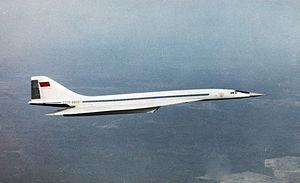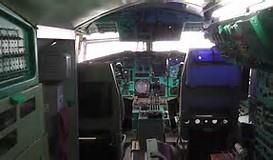S'sonic
Stealth
Menu
A free template by Lucknowwebs.com for WYSIWYG WebBuilder 8
Powered by Sispro1-S
Nigel G Wilcox
Paragon Of Space Publication
© Copyright Reserved - United Kingdom
Ideal Screen Composition 1024 x 768
SITEMAP
PSEUDO SCIENCE
SCIENCE RESEARCH
ABOUT
Desk
Supersonic
Stealth
Study
Menu
MAIN INDEX
Fastest Air Planes
Space
Transport
Menu
Tupolev Tu-144 Charger
F-35 Lightning II
The Sukhoi Su-24 is a supersonic, all-weather attack aircraft developed in the Soviet Union.
Role: Supersonic airliner National origin: Soviet Union
Design group: Tupolev OKB
Built by: Voronezh Aircraft Production Association
First flight: 31 December 1968
Introduction: 1 November 1977
Status: Retired
Primary users: Aeroflot
Ministry of Aviation Industry
NASA
Produced: 1963-1983
Number built: 16
The Tupolev Tu-144 (Russian: Tyполев Ту-144; NATO reporting name: Charger) is a retired jet airliner and commercial supersonic transport aircraft (SST). It is one of only two SSTs to enter commercial service, the other being the Anglo-French Concorde. The design was a product of the Tupolev design bureau, headed by Alexei Tupolev, of the Soviet Union and manufactured by the Voronezh Aircraft Production Association in Voronezh, Russia. It conducted 55 passenger service flights, at an average service altitude of 16,000 metres (52,000 ft) and cruised at a speed of around 2,000 kilometres per hour (1,200 mph) (Mach 1.6).
The prototype first flew on 31 December 1968 near Moscow, two months before the first flight of the Concorde. The Tu-144 first went supersonic on 5 June 1969, and on 26 May 1970 became the first commercial transport to exceed Mach 2. A Tu-144 crashed in 1973 at the Paris Air Show, delaying its further development. The aircraft was introduced into passenger service on 1 November 1977, almost two years after Concorde, because of budget restrictions.
In May 1978, another Tu-144 (an improved version, named Tu-144D) crashed on a test flight while being delivered, and the passenger fleet was permanently grounded after only 55 scheduled flights. The aircraft remained in use as a cargo aircraft until 1983, by which point a total of 102 commercial flights had been completed. The Tu-144 was later used by the Soviet space program to train pilots of the Buran spacecraft, and by NASA for supersonic research.
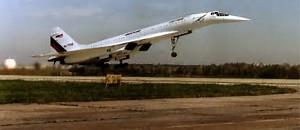

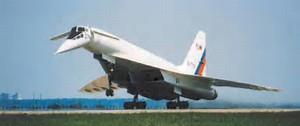
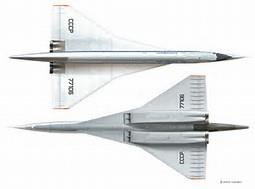
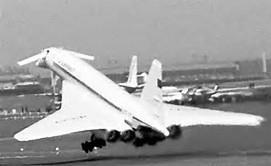
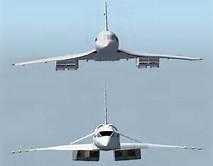
The Tupolev Tu-144 is a retired jet airliner and commercial supersonic transport aircraft. It is one of only two SSTs to enter commercial service, the other being the Anglo-French Concorde. The design was a product of the Tupolev design bureau, headed by Alexei Tupolev, of the Soviet Union and manufactured by the Voronezh Aircraft Production Association in Voronezh, Russia. It conducted 55 passenger service flights, at an average service altitude of 16,000 metres and cruised at a speed of around 2,000 kilometres per hour.
Maiden flight: 31 Dec 1968 Length: 214.90 ft Wingspan: 94.48 ft Passengers: 150 Introduced: 01 Nov 1977 Retired: 01 Jun 1978
The Tu-144 was quite a special aircraft. It was the first supersonic passenger plane to fly, beating the Concorde by two months. The Concorde was scheduled to fly first, but ran into some developmental problems which delayed the flight. Tupolev was pressured into flying their aircraft first, in spite of problems, giving the Soviet Union a huge propaganda boost and showing the superiority of the Communist system.
There were only 16 Tu-144s built: two prototypes, nine Tu-144S and five Tu-144D, compared to 20 Concordes. In the 1960s, there was great expectation that large fleets of supersonic airliners would be seen around the globe. One of the contributing factors that made this impractical was the global energy crisis of the early 1970s, when OPEC embargoed crude oil to most countries. The resulting high cost of operation made jumbo jets a much better financial deal for the airlines, with a much lower cost per mile per passenger.
The Tu-144 was never as popular as the Concorde, especially after one crashed at the 1973 Paris Air Show. There were other problems, particularly the method of building the 144. Fuselage sections were machined from large blocks and panels, and there was no stopping a crack in the fuselage once it started. This resulted in several emergencies and crashes.
Aeroflot passenger service began in November of 1977. In June of 1978, with only 55 passenger flights, airline service was terminated. The Tu-144 was used by Aeroflot as a freighter for a short time, but there were only 57 more flights before Aeroflot retired the Tu-144.
One example was leased by NASA in 1995 for use in testing the feasibility of a high-speed transport. There were 27 flights in 1996 and 1997. The project ended in 1999 when funding was terminated.
The big difference between the Tu-114S and Tu-114D was the engines. The earlier S had afterburning turbofan engines, which didn't have enough thrust to maintain Mach 2 without afterburner. The Tu-144D used Kolesov RD-36 turbojets, which allowed Mach 2 cruise and much longer range.
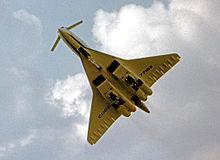
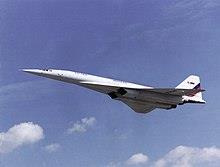
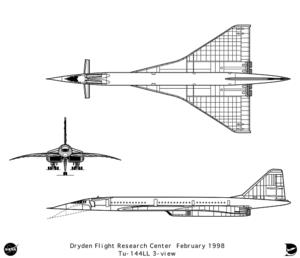
General characteristics
Crew: three
Capacity: 140 passengers (11 first class & 129 tourist class)
Length: 65.70 m (215.54 ft)
Wingspan: 28.80 m (with wingtips) (94.48 ft)
Height: 12.55 m (41.00 ft)
Wing area: 506.35 m² (5,450 ft²)
Empty weight: 99,200 kg (218,500 lb)
Loaded weight: 125,000 kg (275,330 lb)
Max. takeoff weight: 207,000 kg (455,950 lb)
Powerplant: 4 × Kolesov RD-36-51 or Kuznetsov NK-144 turbojet, 240 kN
(235 to 256 kN) (44,122 lbf) each
Performance
Maximum speed: Mach 2.15 (2300 km/h)
Cruise speed: Mach 2.00 (2,125 km/h (1,320 mph))
Range: 4000 mi (6,500 km)
Service ceiling: 20,000 m (65,600 ft)
Rate of climb: 3,000 m/min (9,840 ft/min)
Wing loading: 410.96 kg/m² (84.20 lb/ft²)
Thrust/weight: 0.44



